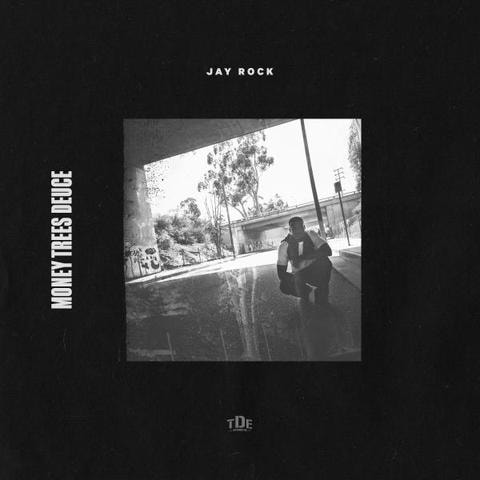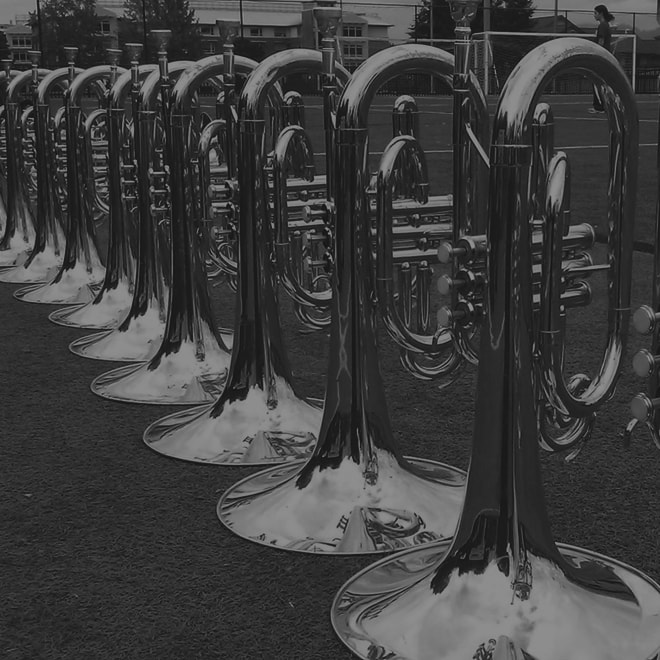Try This Test to See If You Can Hear the Differences in Audio Quality
We’re sure you have come across sound aficionados and audiophiles who have shared their perspective
We’re sure you have come across sound aficionados and audiophiles who have shared their perspective on the importance of sound quality — how much of that is true? SoundCloud and the free version of Spotify, as well as YouTube and other free services usually stream audio at 128kbps, while the premium versions of Spotify and the basic version of TIDAL stream at 320kbps. The premium version of TIDAL, however, streams with a lossless format, which means up to 1000kbps or more. Undoubtedly, there is an objective qualitative difference with these files: an MP3 at 128 could only be three or four megabytes in size while a WAV of the same track could be 10 times of that; a WAV holds much more information than that of a compressed MP3.
However, the important question lies in whether or not human ears will be able to tell apart these qualitative differences. Most audiophiles and professionals claim to be able to, and while it may be true for some — especially for those who possess years of ear-training and professional/high-end listening gear — some claims may simply be farfetched and without merit. NPR came up with a simple test to end the debate once and for all; try it out here and see if you can tell the differences between compressed and uncompressed audio — and if you really need that premium TIDAL subscription.















